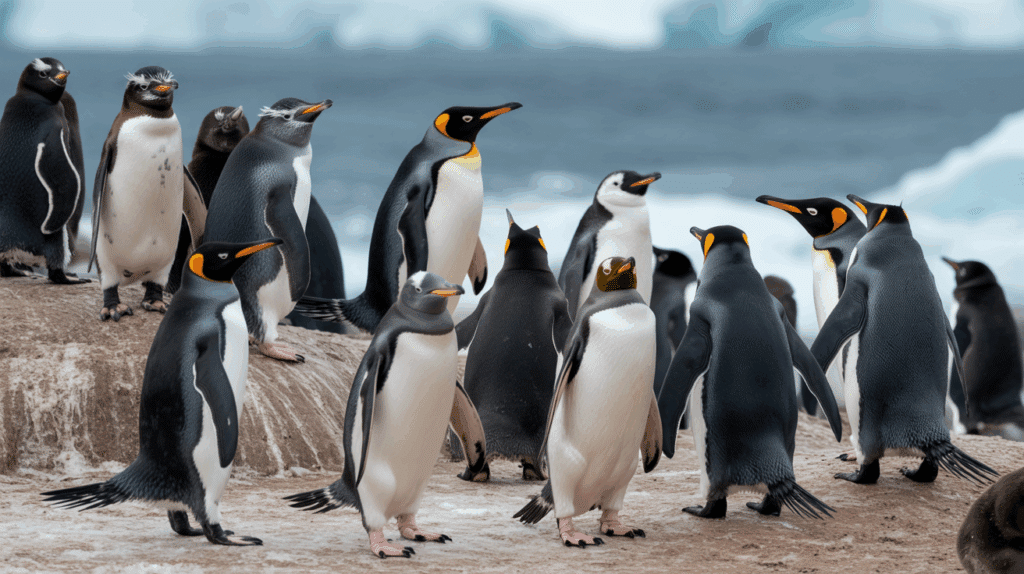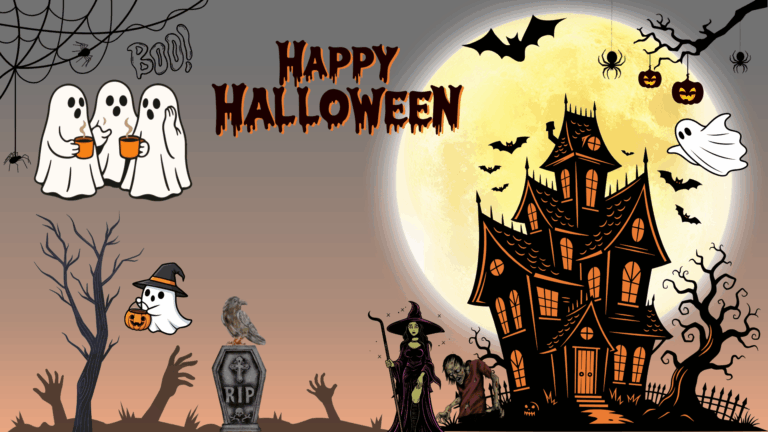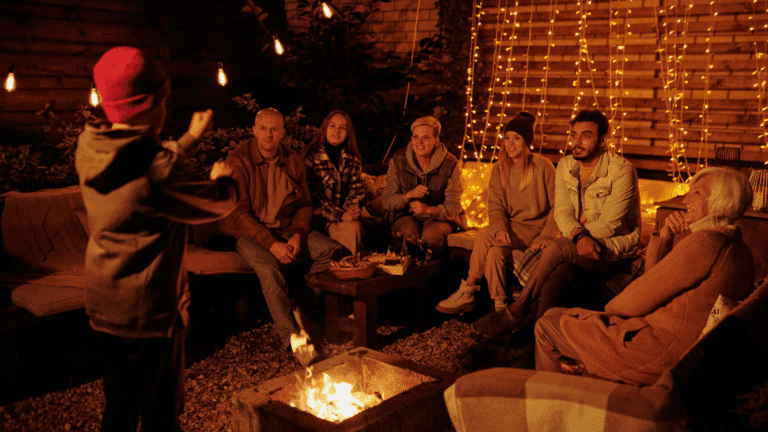Penguins attract people with their tuxedo-like appearance and charming waddle.
Most people know about Emperor penguins from movies, but many are surprised to learn that there are actually eighteen different types of penguins in the world.
Each species has its own special traits and habits that make it unique in the animal kingdom.
This blog will showcase all eighteen penguin species recognized worldwide, highlighting their distinct features, habitats, and behaviors.
The Different Types of Penguins Found Across the World
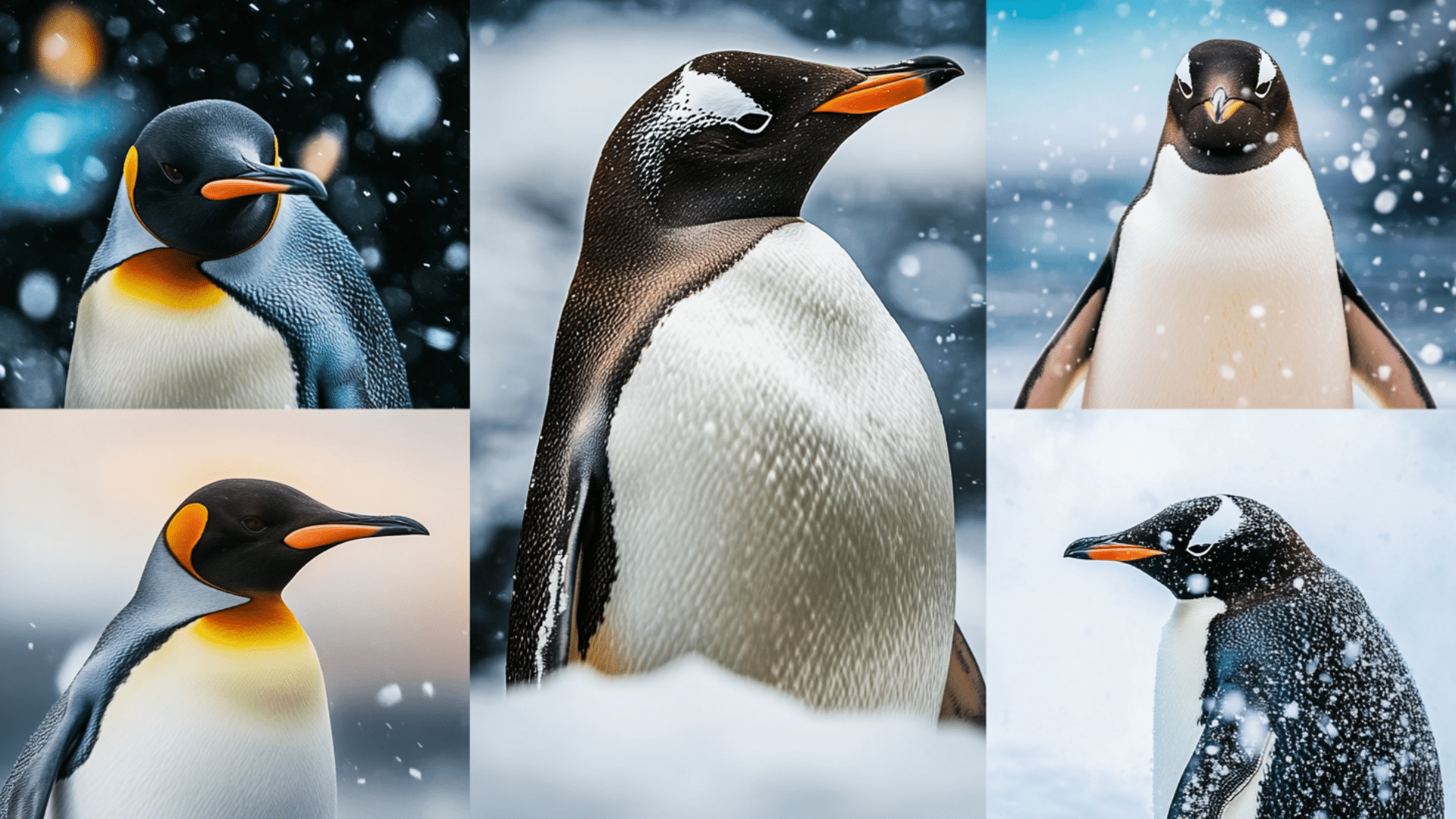
Penguins belong to the bird family Spheniscidae and are only found in the Southern Hemisphere. Scientists group the eighteen different types of penguins into six genera based on their physical traits and genetic makeup.
These flightless birds have adapted to life in cold waters with their thick feathers and layer of fat.
According to the International Union for Conservation of Nature (IUCN), many penguin species face threats. Their status ranges from Least Concern to Endangered due to climate change and human activities.
Key facts about penguin classification:
- Taxonomic Order: All penguins belong to the order Sphenisciformes.
- Family Classification: The family Spheniscidae contains all modern penguin species.
- Genus Groups: Scientists recognize six genera: Aptenodytes, Pygoscelis, Eudyptula, Spheniscus, Megadyptes, and Eudyptes.
- Fossil Record: The oldest known penguin fossils date back 62 million years.
This variety highlights the remarkable ways these birds have evolved to survive some of the harshest environments on Earth.
1. Emperor Penguin
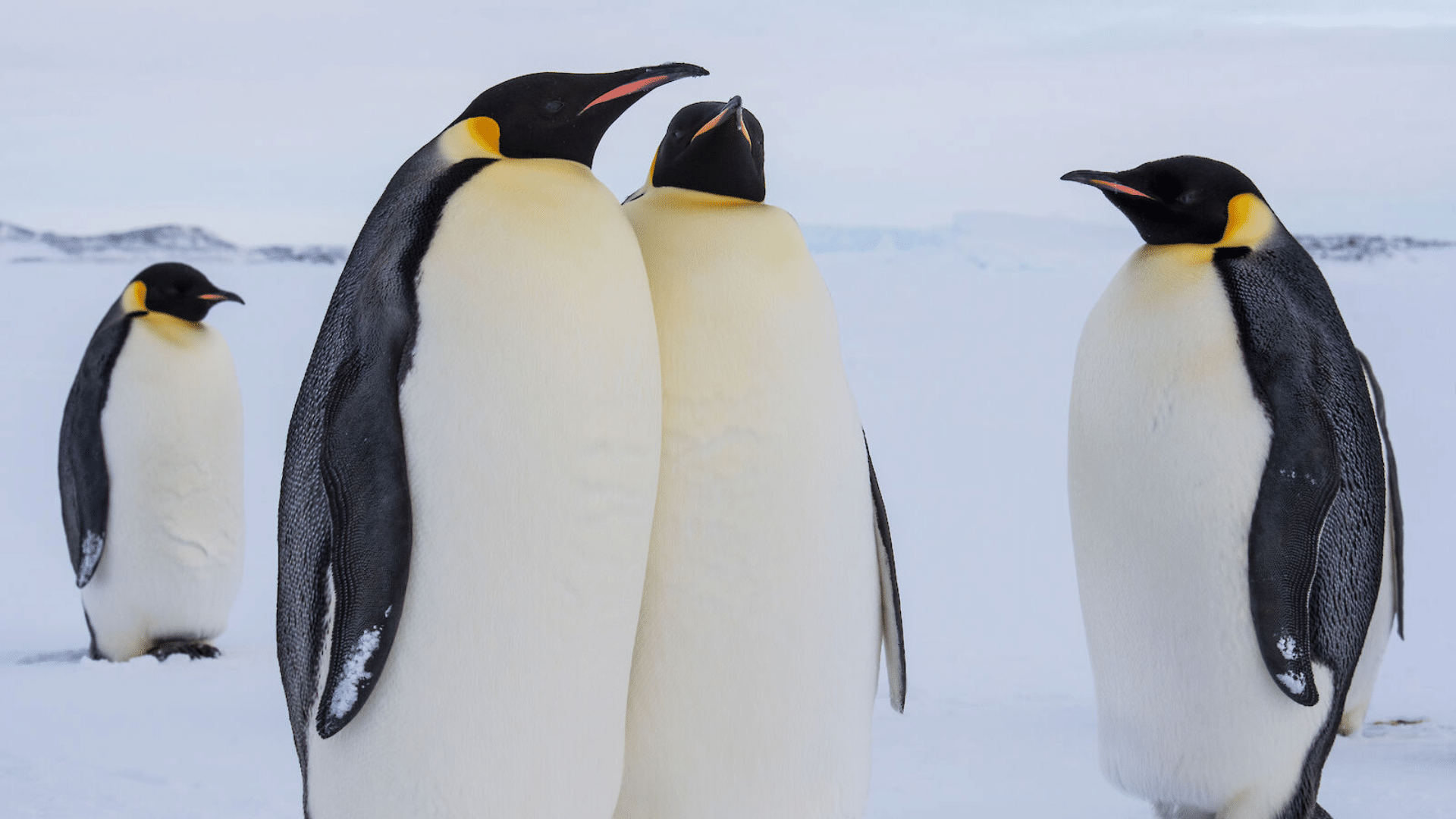
The Emperor Penguin stands tall as a symbol of resilience, enduring the harshest climates on Earth. These majestic birds form tight colonies and are known for their strong parental care and vocal bonding calls.
- Scientific name and group: Aptenodytes forsteri, genus Aptenodytes
- Where they live: Antarctica’s coastal regions
- How they act: Males incubate eggs for two months without eating
- What makes them unique: The Tallest and heaviest penguin with golden patches on the neck
2. King Penguin
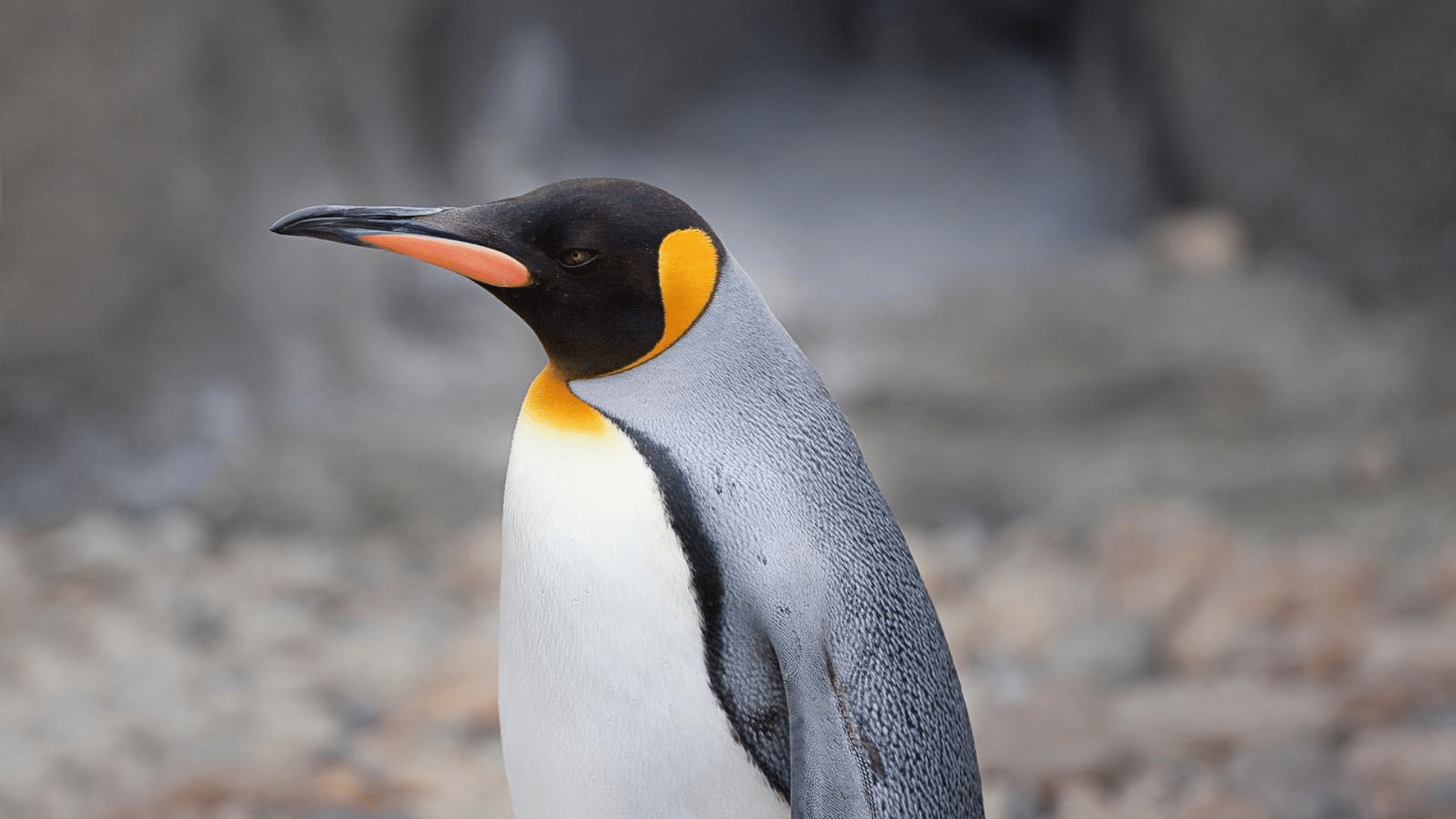
With striking orange markings and a sleek body, the King Penguin is often mistaken for the Emperor. They are known for their graceful stance and form huge breeding colonies on subantarctic islands.
- Scientific name and group: Aptenodytes patagonicus, genus Aptenodytes
- Where they live: Subantarctic islands like South Georgia
- How they act: They take year-long breeding cycles and feed chicks with regurgitated food
- What makes them unique: Vibrant orange spots and elegant body shape
3. Adélie Penguin

Adélie Penguins are energetic explorers who often travel far from home during their migration. These birds are known for their bold personality and classic penguin appearance with white-ringed eyes.
- Scientific name and group: Pygoscelis adeliae, genus Pygoscelis
- Where they live: The Antarctic continent and nearby islands
- How they act: They build nests with stones and are very territorial
- What makes them unique: White eye ring and stiff tail feathers for balance
4. Chinstrap Penguin
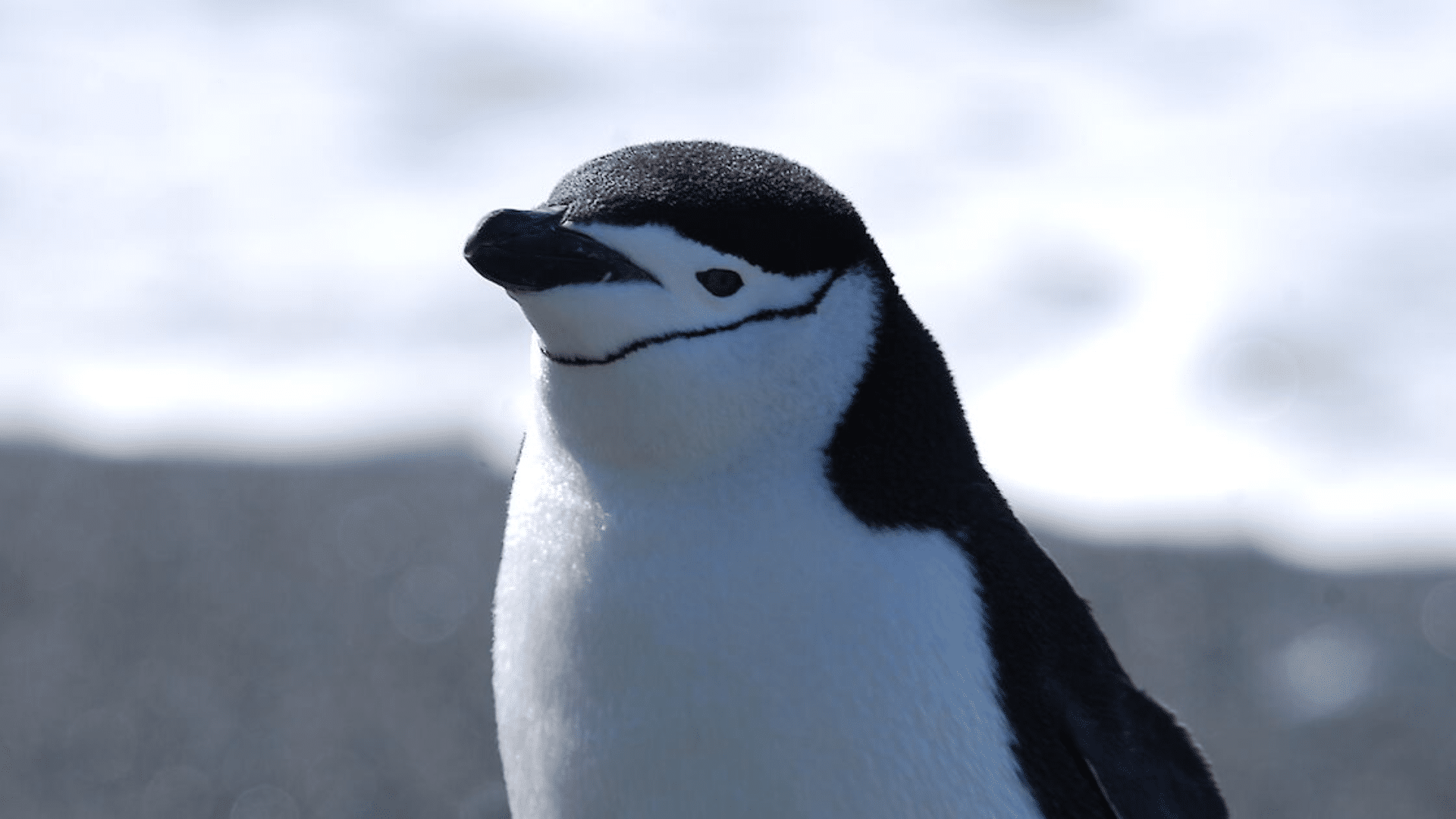
Chinstrap Penguins get their name from the thin black line under their chin, resembling a helmet strap. They are one of the most aggressive and noisy penguin species, often seen in large, bustling groups.
- Scientific name and group: Pygoscelis antarcticus, genus Pygoscelis
- Where they live: South Shetland Islands and Antarctic Peninsula
- How they act: Loud calls and intense colony defense
- What makes them unique: A Thin black line beneath the beak, like a chinstrap
5. Gentoo Penguin
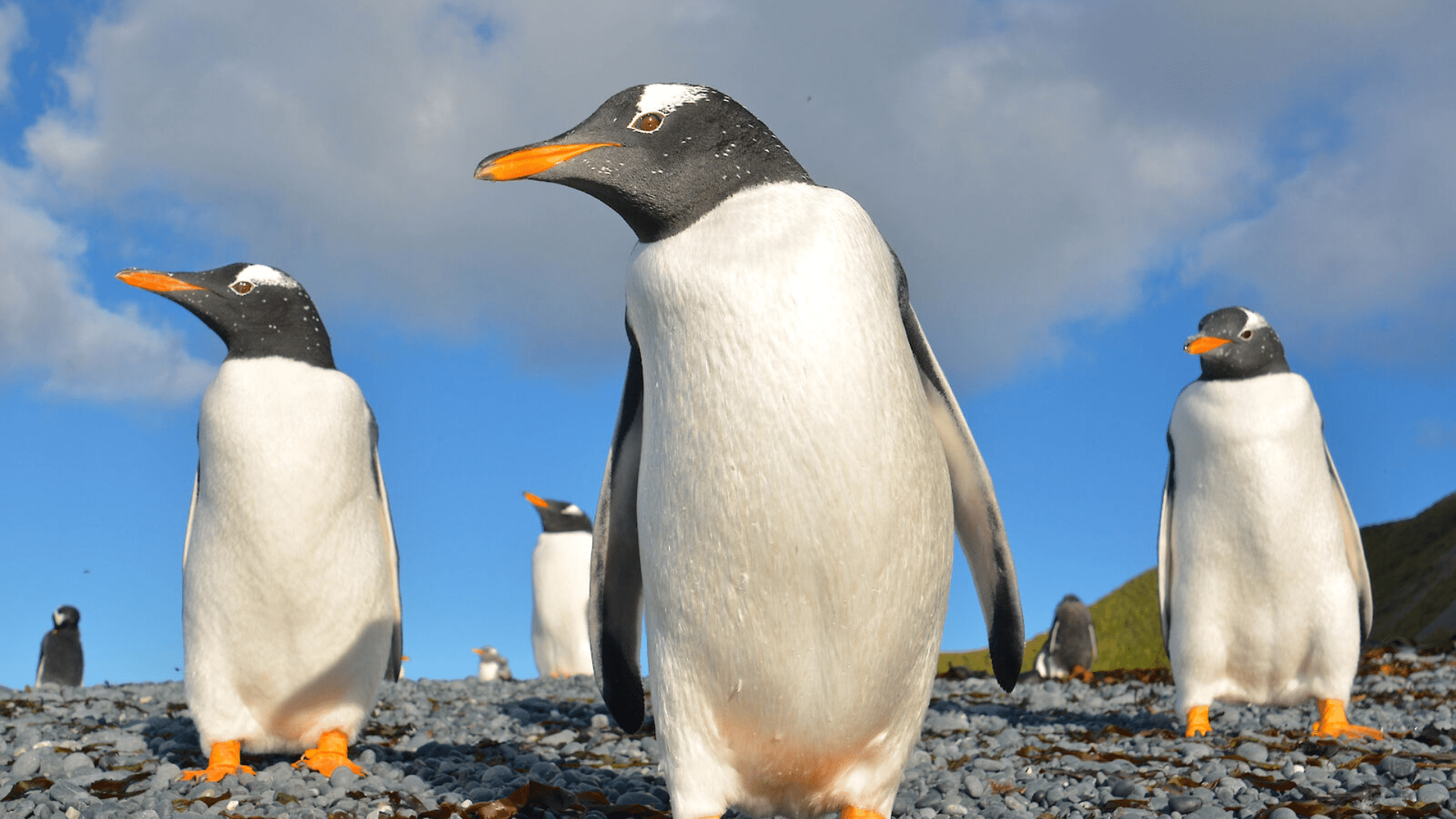
Gentoo Penguins are fast swimmers, reaching speeds unmatched by any other penguin. Their white bonnet-like stripe and bright orange bill make them easy to identify.
- Scientific name and group: Pygoscelis papua, genus Pygoscelis
- Where they live: Falkland Islands and Antarctic Peninsula
- How they act: Build pebble nests and prefer flat, ice-free land
- What makes them unique: Most agile swimmers among penguins
6. Little Penguin
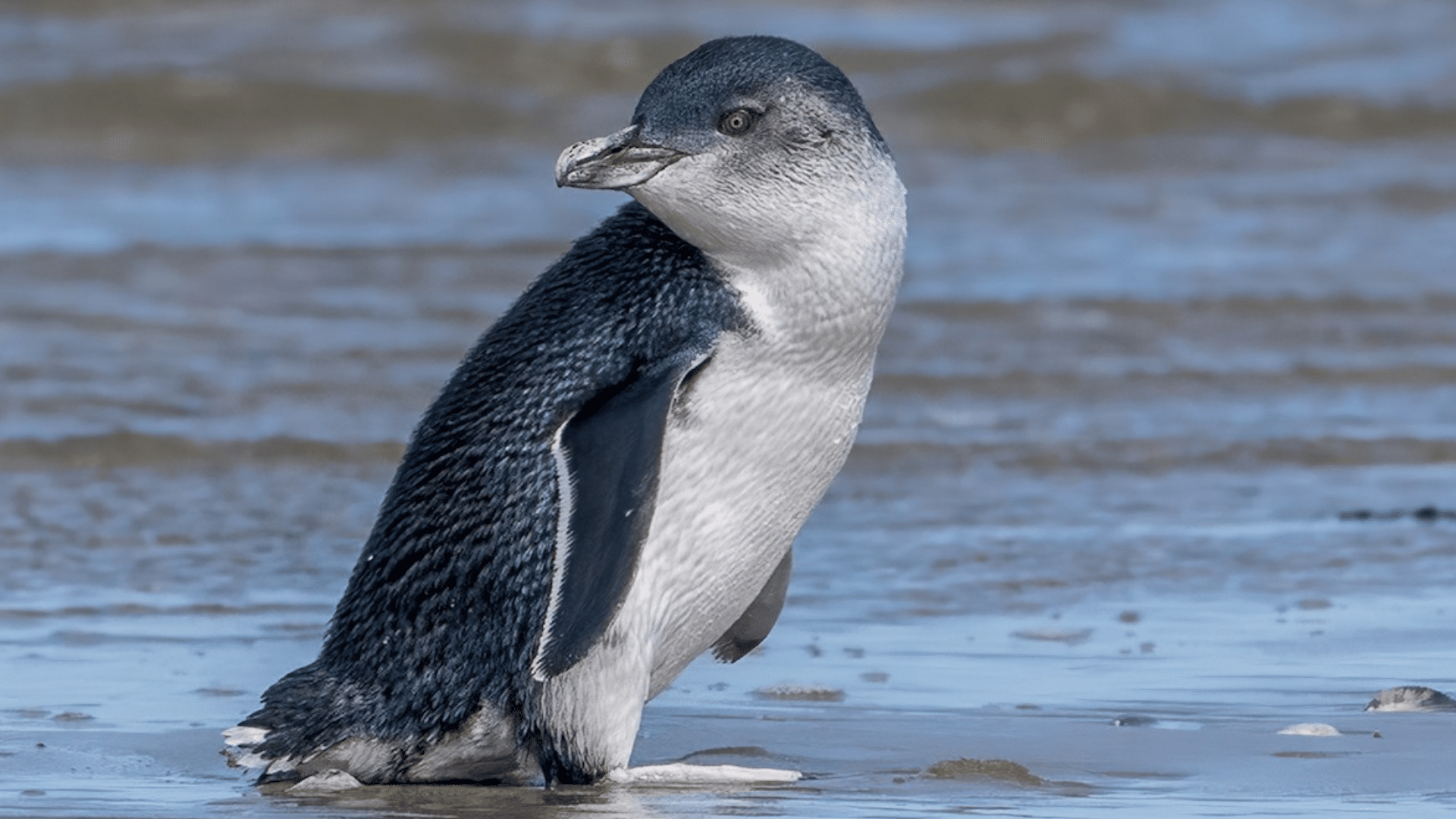
Often called the “fairy penguin,” the Little Penguin is the smallest of all species. These birds are nocturnal on land and display charming, shy behavior.
- Scientific name and group: Eudyptula minor, genus Eudyptula
- Where they live: Southern Australia and New Zealand
- How they act: Nest in burrows and forage in shallow waters
- What makes them unique: Only penguins with a bluish tint
7. African Penguin
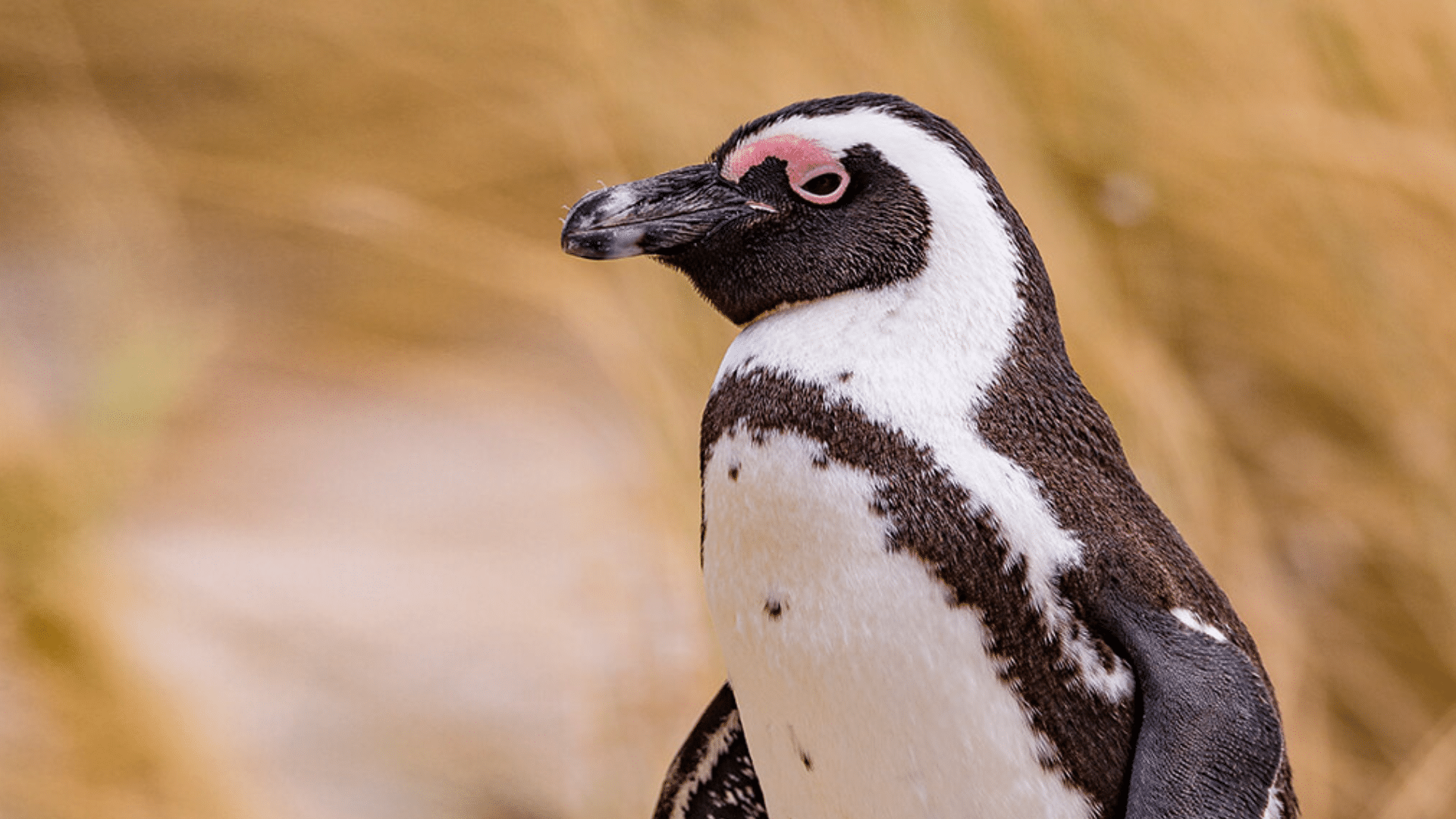
Recognized by their pink patches above the eyes, African Penguins are the only species native to Africa. They communicate with bray-like sounds, earning them the nickname “jackass penguin.”
- Scientific name and group: Spheniscus demersus, genus Spheniscus
- Where they live: Coastal South Africa and Namibia
- How they act: Vocal and social, nest in guano or burrows
- What makes them unique: Distinct donkey-like call and pink facial patches
8. Magellanic Penguin

Magellanic Penguins are migratory birds that travel great distances in the ocean. They are known for forming life-long pairs and returning to the same nesting sites annually.
- Scientific name and group: Spheniscus magellanicus, genus Spheniscus
- Where they live: Southern South America, mainly Argentina and Chile
- How they act: Nest in underground burrows and follow coastal migration
- What makes them unique: Two black chest bands and unique mating rituals
9. Humboldt Penguin
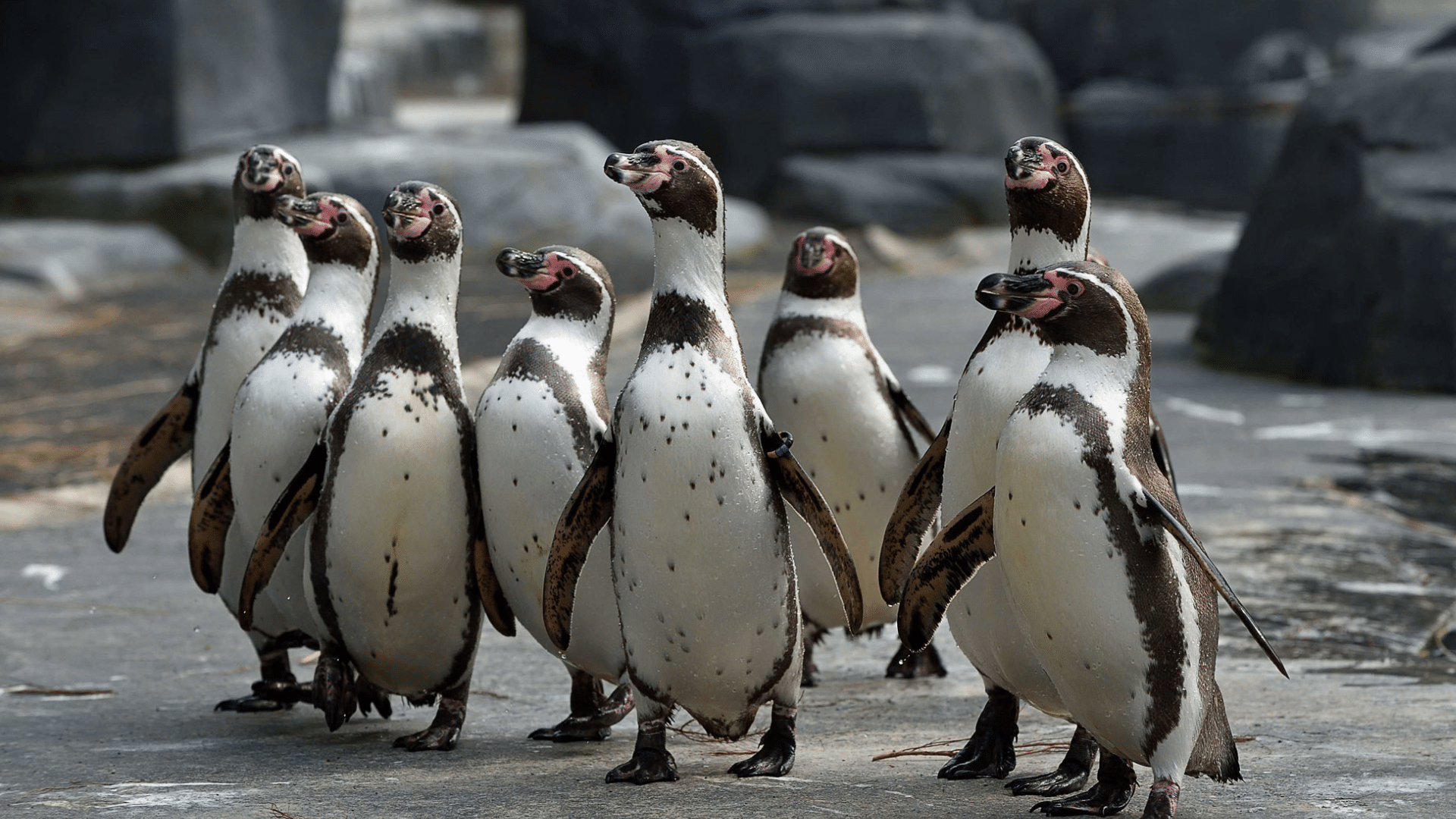
Humboldt Penguins live along the Pacific coasts of Chile and Peru. They are sensitive to environmental changes and often nest in rocky areas or guano beds.
- Scientific name and group: Spheniscus humboldti, genus Spheniscus
- Where they live: The West coast of South America
- How they act: Dig burrows or use caves for nesting
- What makes them unique: Pink patches help regulate body temperature
10. Galápagos Penguin
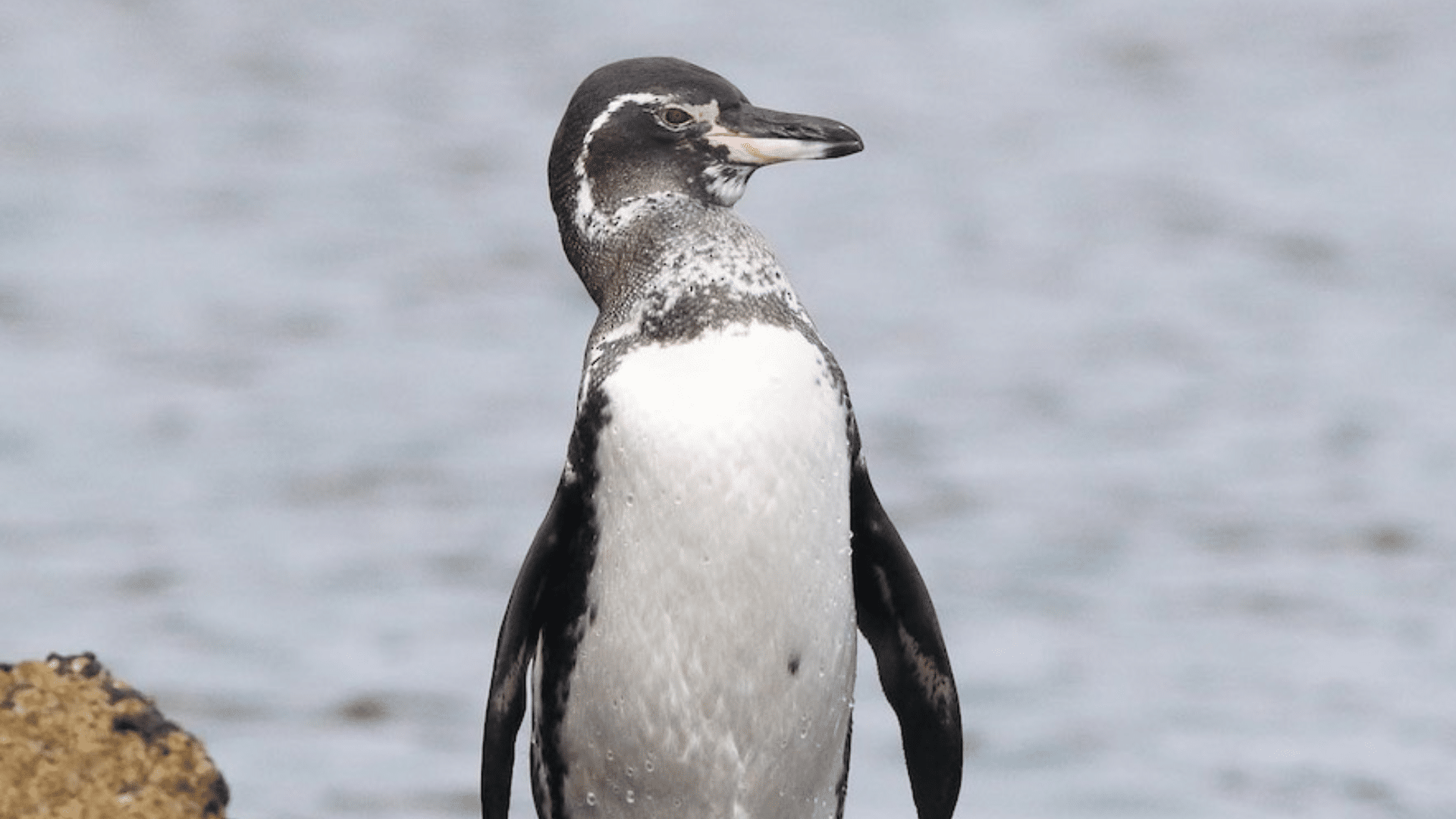
The Galápagos Penguin is the only penguin found north of the equator. These small penguins use shaded rocks and cool waters to stay safe from the heat.
- Scientific name and group: Spheniscus mendiculus, genus Spheniscus
- Where they live: Galápagos Islands
- How they act: Stay in shaded lava caves and pant to cool down
- What makes them unique: Most tropical of all penguin species
Other Penguin Species Recognized Worldwide
While the more familiar penguins often steal the spotlight, several other species enrich the diversity of the penguin family.
These penguins add to the interesting list of different types of penguins, each bringing their own unique traits and stories from remote and varied habitats. Studying about these species reveals even more about the remarkable world of penguins.
11. Fiordland Penguin
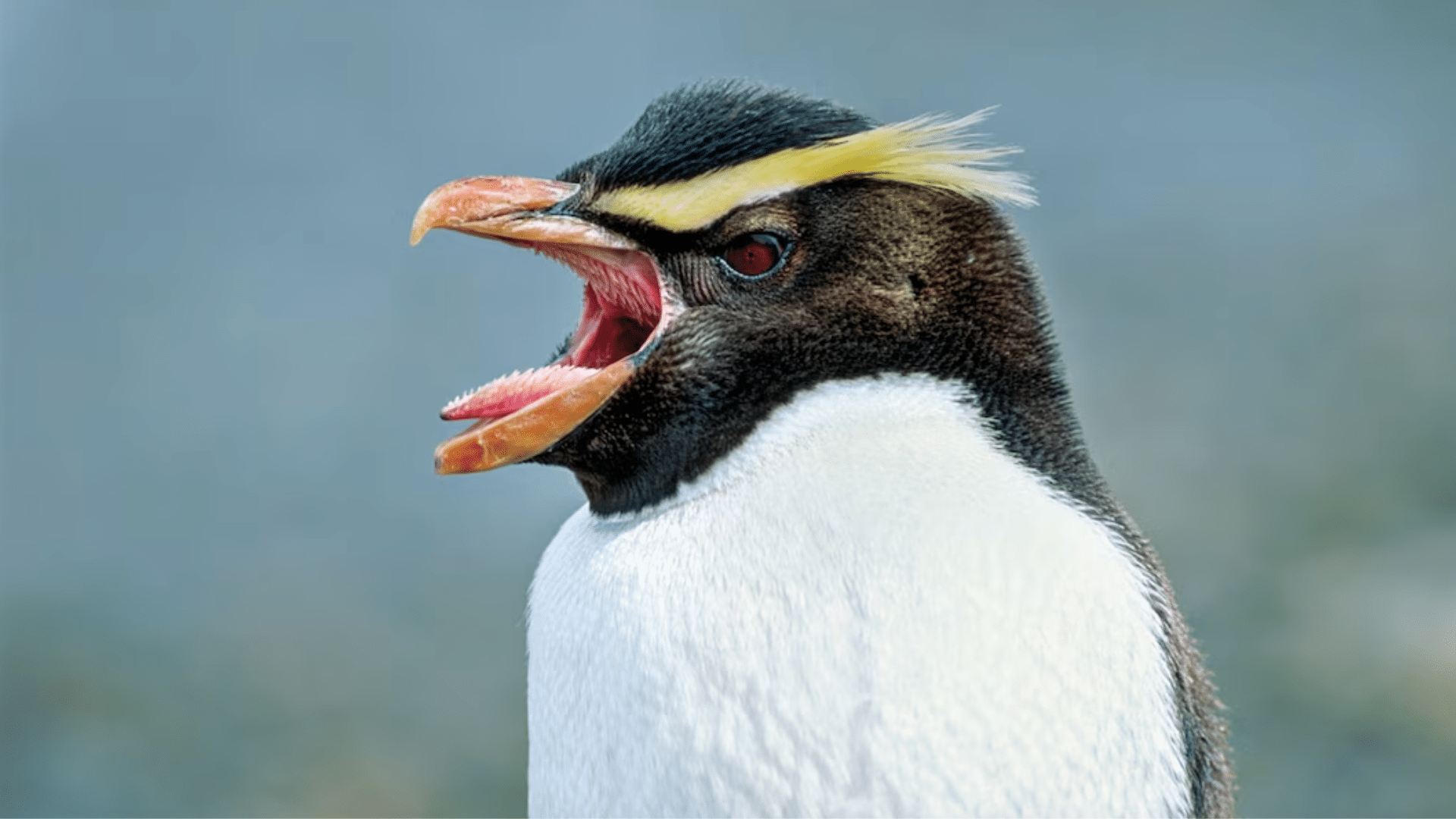
Fiordland Penguins are shy, forest-dwelling penguins that avoid large groups. They prefer dark, damp rainforests and are active mostly during the breeding season.
- Scientific name and group: Eudyptes pachyrhynchus, genus Eudyptes
- Where they live: Southwestern coast of New Zealand
- How they act: Nest in thick forest undergrowth and return to sea at night
- What makes them unique: Broad yellow eyebrow stripe
12. Snares Penguin
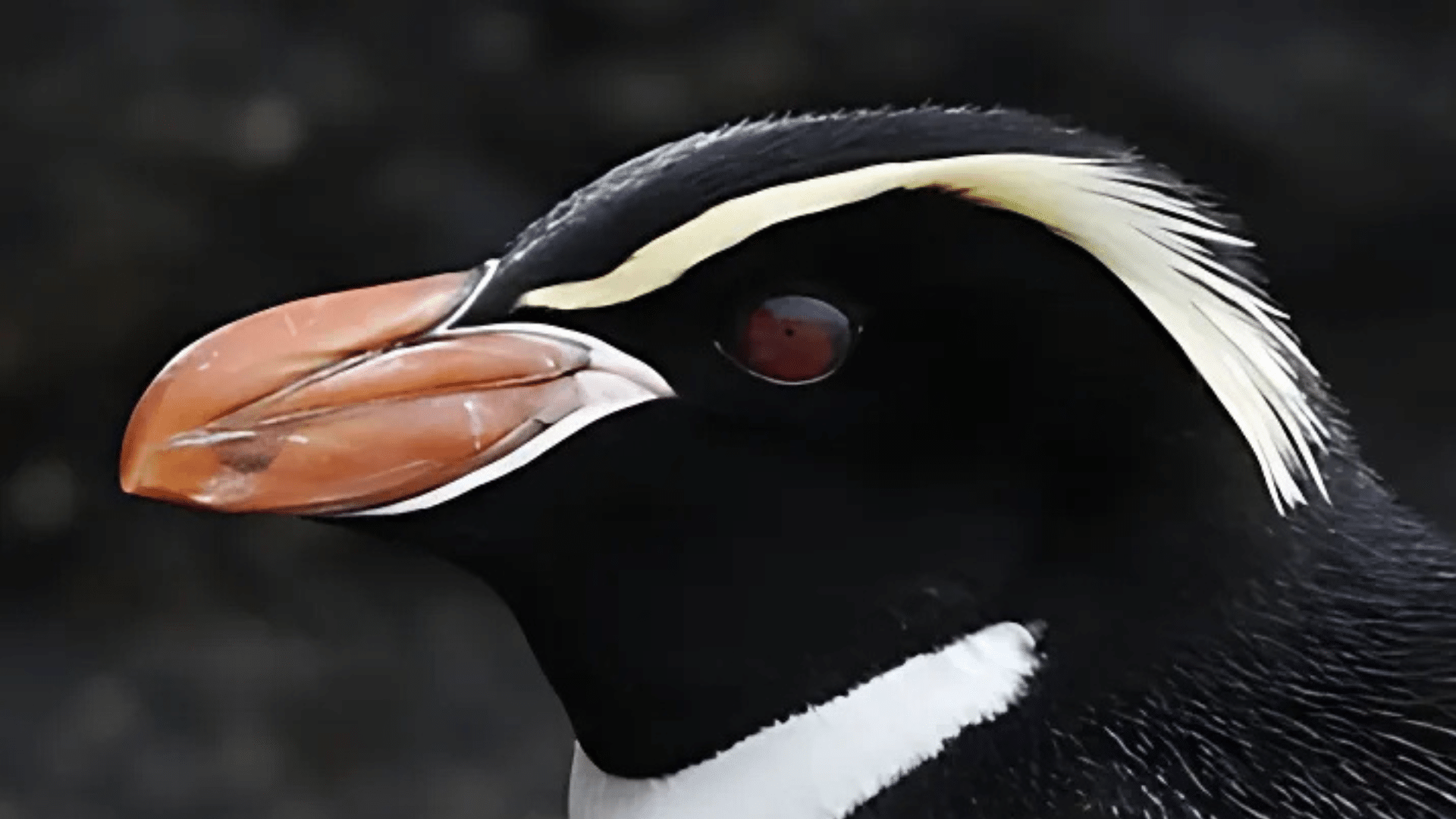
Snares Penguins are named after the Snares Islands and rarely leave their small island habitat. They have a thick yellow crest and strong social bonds.
- Scientific name and group: Eudyptes robustus, genus Eudyptes
- Where they live: Snares Islands near New Zealand
- How they act: Breed in dense colonies under tree cover
- What makes them unique: Loud calls and distinctive yellow plume
13. Erect-crested Penguin
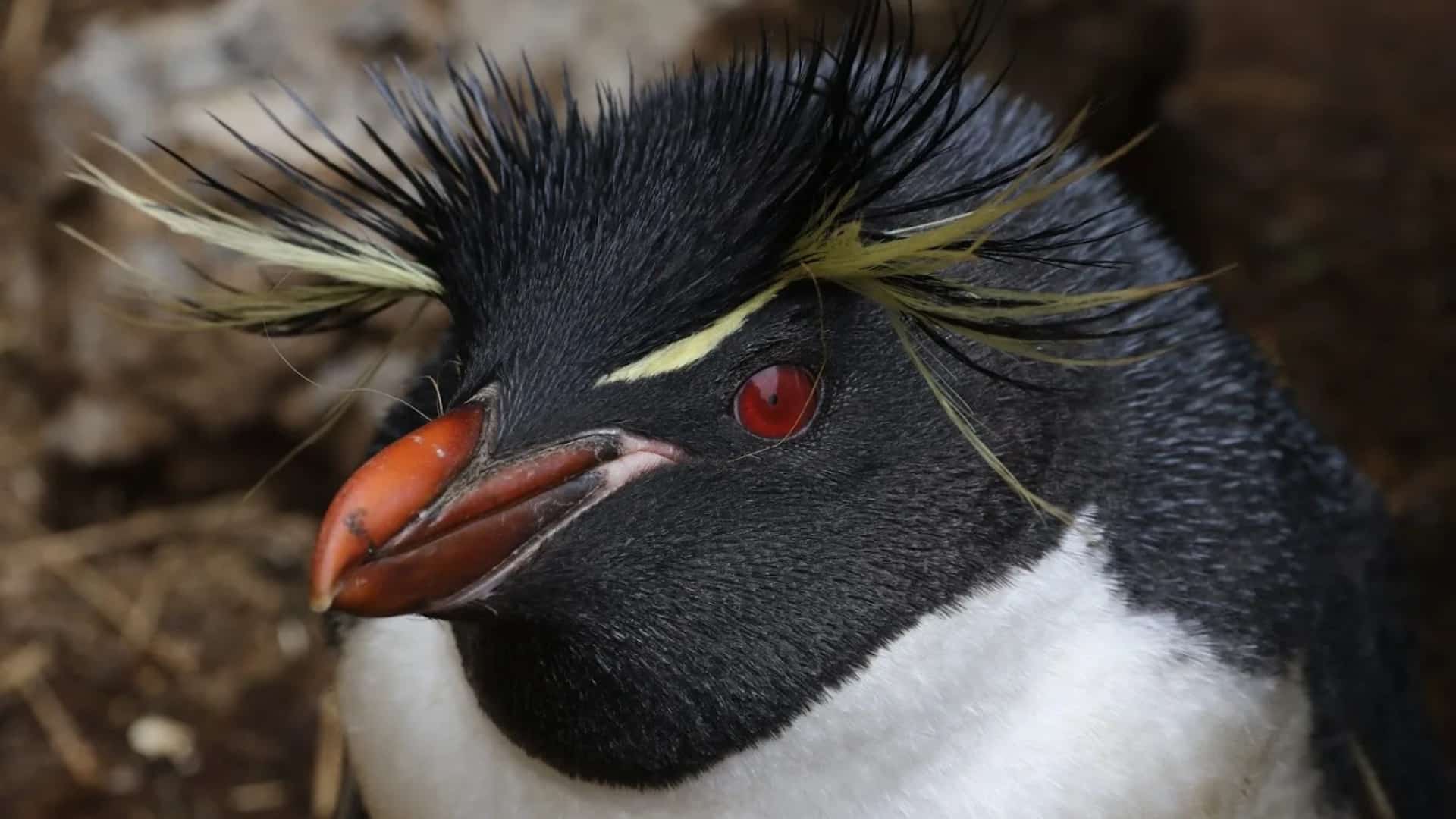
This species sports stiff, upright yellow plumes that make them easy to spot. They are elusive and difficult to study, with mysterious breeding habits.
- Scientific name and group: Eudyptes sclateri, genus Eudyptes
- Where they live: Bounty and Antipodes Islands
- How they act: They breed on rocky shores and are highly secretive
- What makes them unique: Vertical feather crests
14. Macaroni Penguin
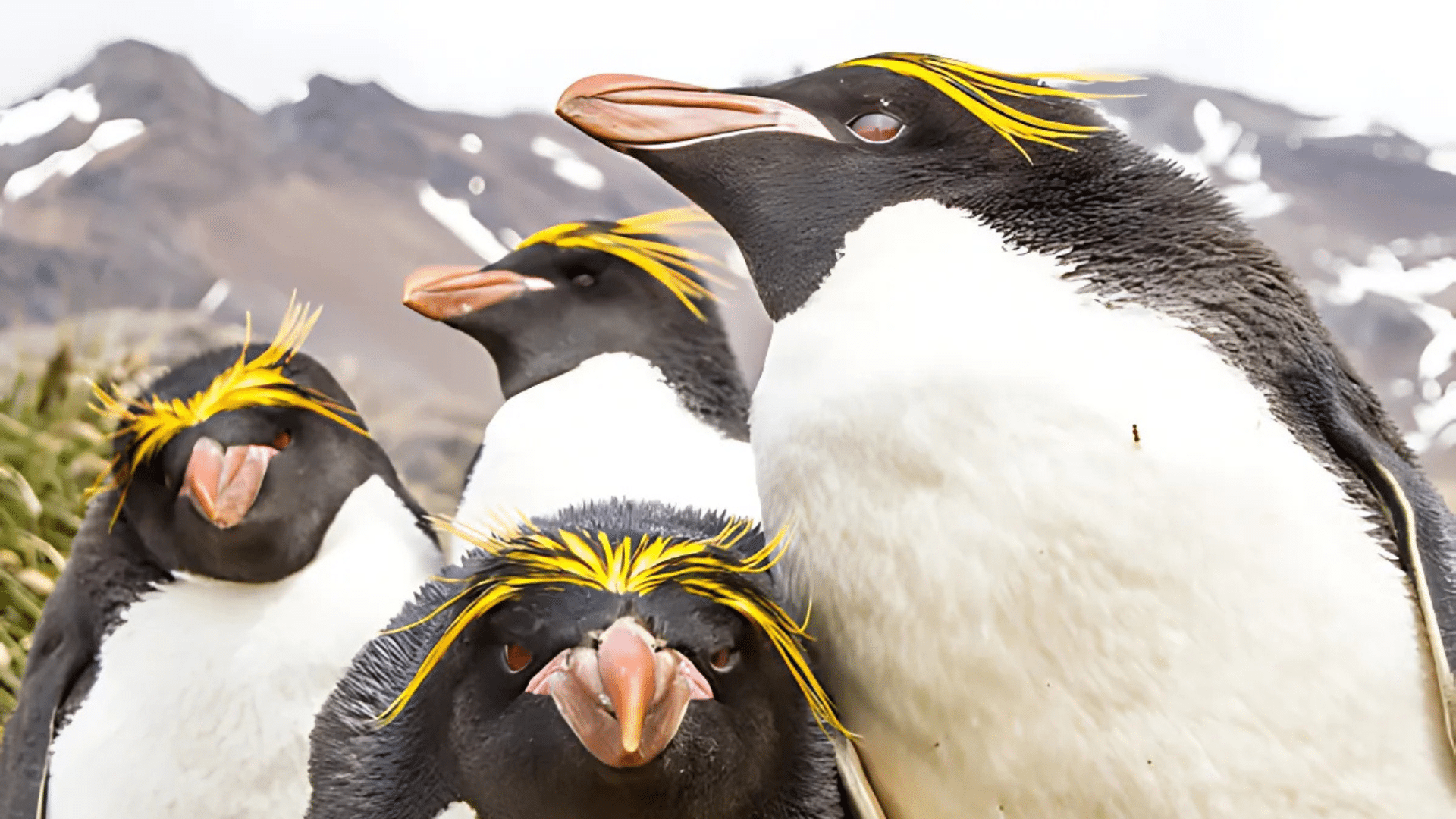
Macaroni Penguins are the most abundant of all penguin species. Their flamboyant yellow crests and bustling colonies make them hard to miss.
- Scientific name and group: Eudyptes chrysolophus, genus Eudyptes
- Where they live: Subantarctic islands and Antarctic Peninsula
- How they act: Form large breeding colonies and feed mainly on krill
- What makes them unique: Golden crests and loud mating calls
15. Royal Penguin

Similar to the Macaroni but with a white face, the Royal Penguin is a less-studied crested species. They often interbreed with Macaronis in shared territories.
- Scientific name and group: Eudyptes schlegeli, genus Eudyptes
- Where they live: Macquarie Island
- How they act: They breed in massive numbers in coastal colonies
- What makes them unique: White face with bright yellow crest
16. Northern Rockhopper Penguin
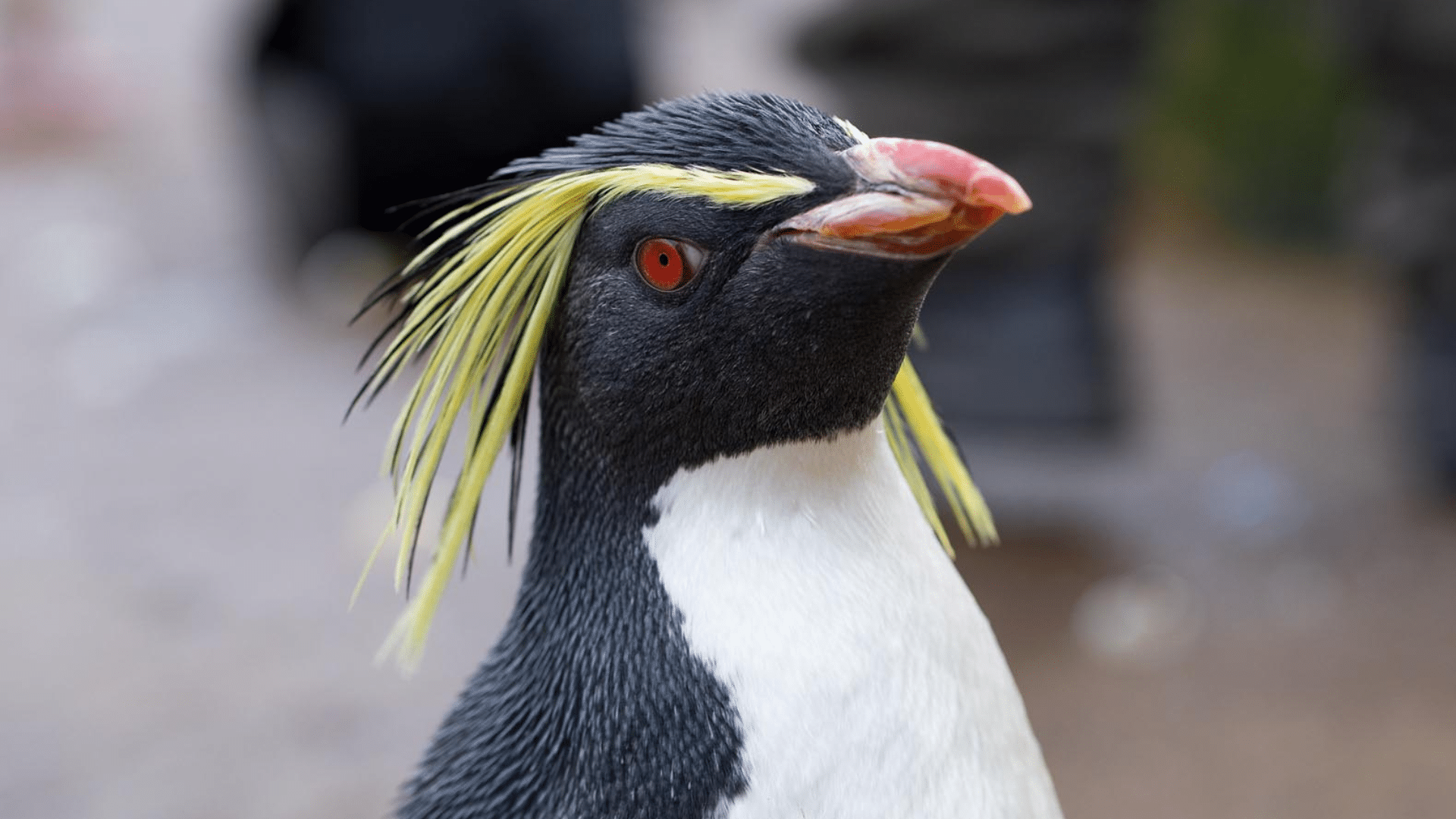
The Northern Rockhopper is famous for its wild crest feathers and red eyes. These acrobatic birds hop between rocks and show strong pair bonds.
- Scientific name and group: Eudyptes moseleyi, genus Eudyptes
- Where they live: Tristan da Cunha and Gough Island
- How they act: Aggressively protect nesting areas and vocalize in duets
- What makes them unique: Bushy yellow plumes and loud shrieks
17. Southern Rockhopper Penguin
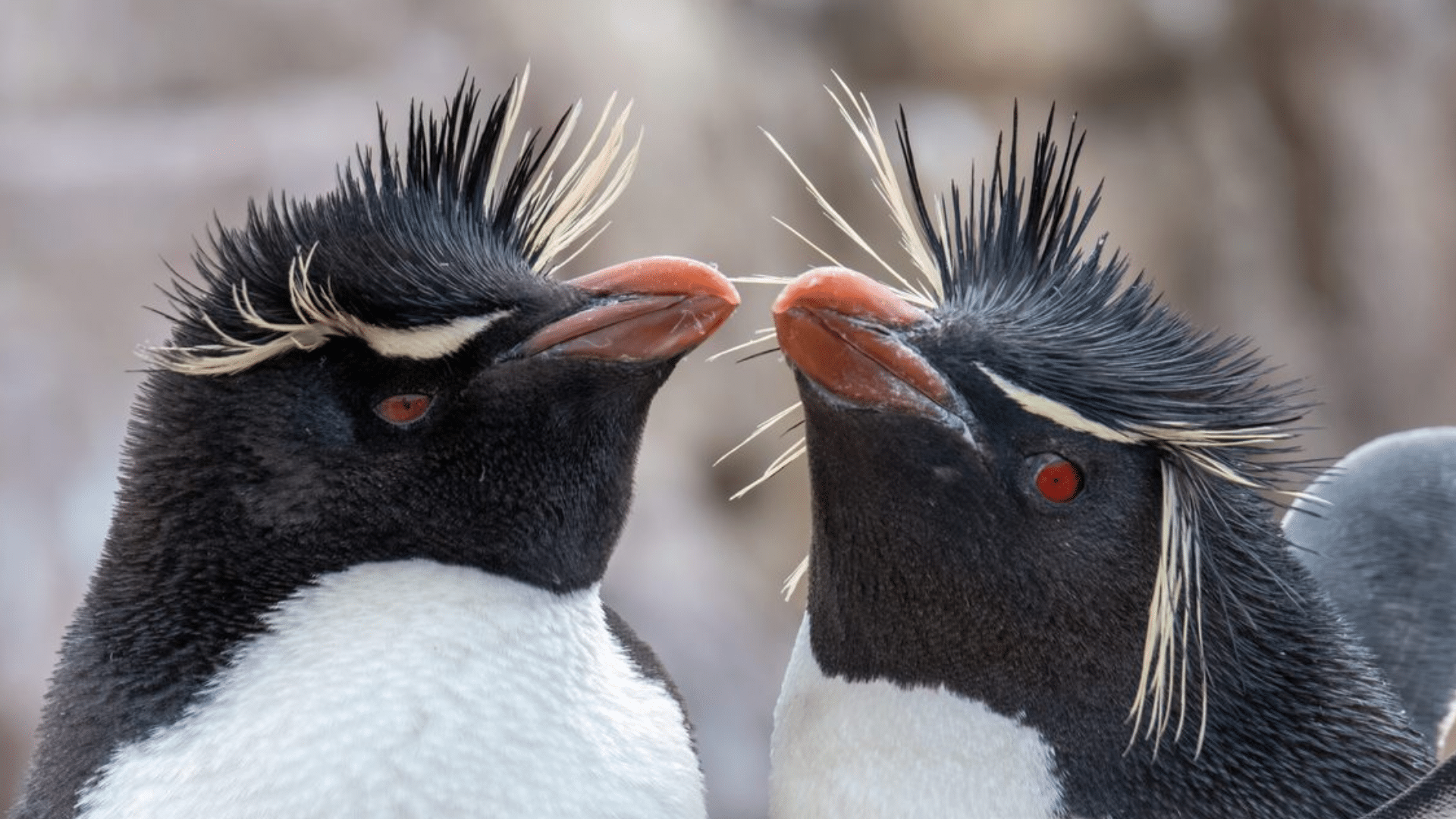
Slightly smaller than their northern relatives, Southern Rockhoppers are tough survivors of rough climates and rocky terrain.
- Scientific name and group: Eudyptes chrysocome, genus Eudyptes
- Where they live: Falkland Islands and subantarctic waters
- How they act: Hop over rocks and breed in tight cliff-side colonies
- What makes them unique: Short yellow crests and bright red eyes
18. Yellow-eyed Penguin
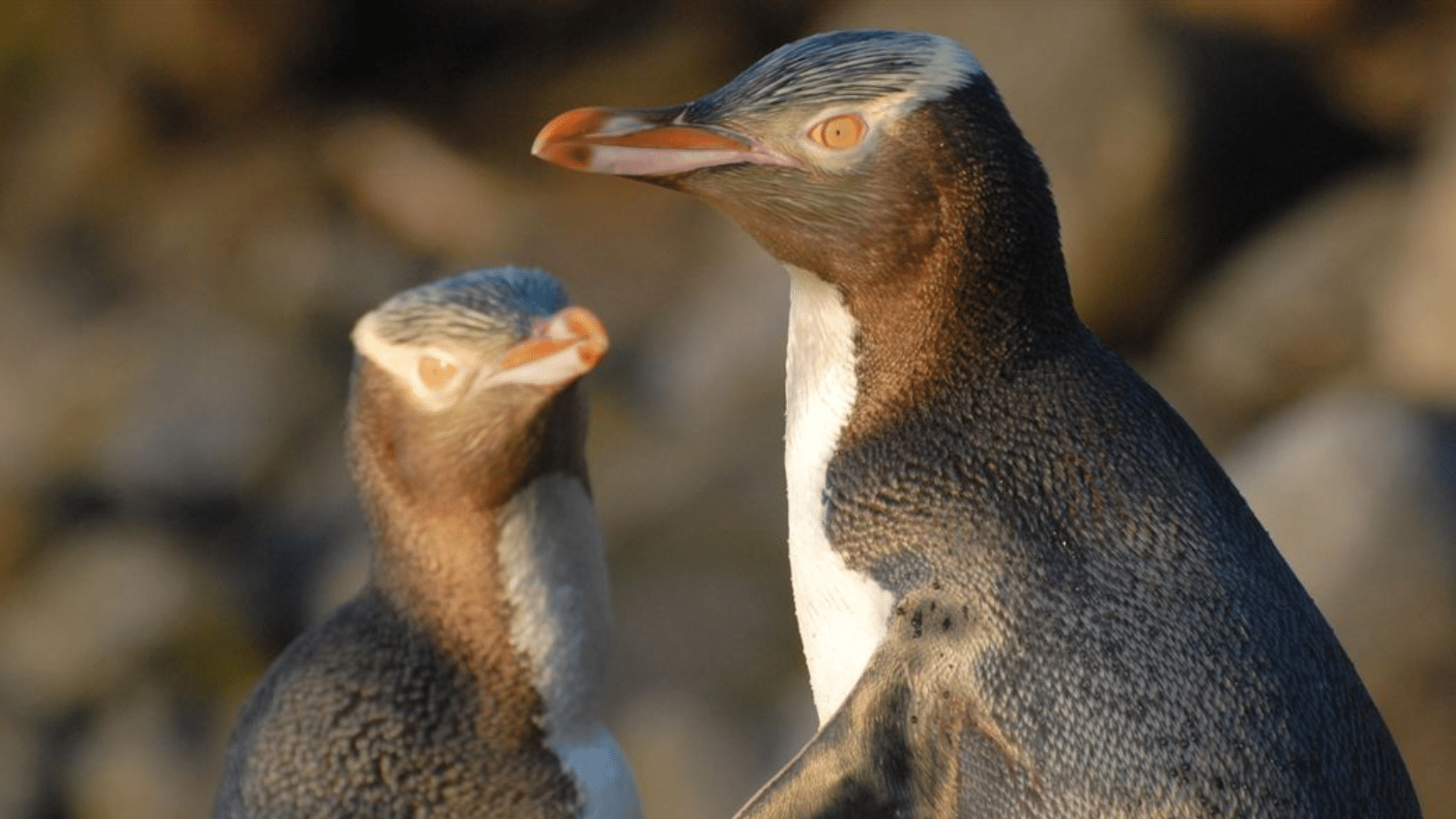
One of the rarest penguin species, the Yellow-eyed Penguin is easily identified by its pale eyes and quiet nature. These solitary birds avoid colonies and raise chicks in hidden forest spots.
- Scientific name and group: Megadyptes antipodes, genus Megadyptes
- Where they live: Southeast coast of New Zealand
- How they act: Nest in forested areas and remain quiet
- What makes them unique: Pale yellow eyes and anti-social habits
How do Different Penguin Species Adapt to their Environments

Penguins have evolved remarkable ways to prosper in some of the harshest places on Earth. From icy shores to rocky beaches, these birds show nature’s problem-solving skills.
Each species has developed specific traits that help it hunt, breed, and survive in its unique habitat, whether facing freezing Antarctic waters or the warmer currents near the equator.
- Body Shape: Streamlined bodies cut through water with little drag.
- Wing Structure: Modified wings act as flippers for underwater “flight”.
- Feather Design: Dense, overlapping feathers create a waterproof layer.
- Fat Layer: Thick insulation stores energy and provides warmth.
- Eye Adaptations: Special features allow clear vision in air and water.
- Salt Glands: Remove excess salt without losing water.
- Huddling Behavior: Group formations share body heat during storms.
These adaptations vary across species, with each type of penguin showing unique traits suited to its specific habitat and food sources.
The Bottom Line
The eighteen different types of penguins showcase nature’s ability to create specialized creatures for specific environments.
These birds prosper in conditions from icy Antarctica to milder coastal regions. Understanding penguin diversity helps people appreciate our planet’s complex ecosystems.
As climate change threatens many penguin habitats, knowing what makes each species unique becomes increasingly important.
These remarkable birds continue to attract with their distinctive appearances and survival skills.


